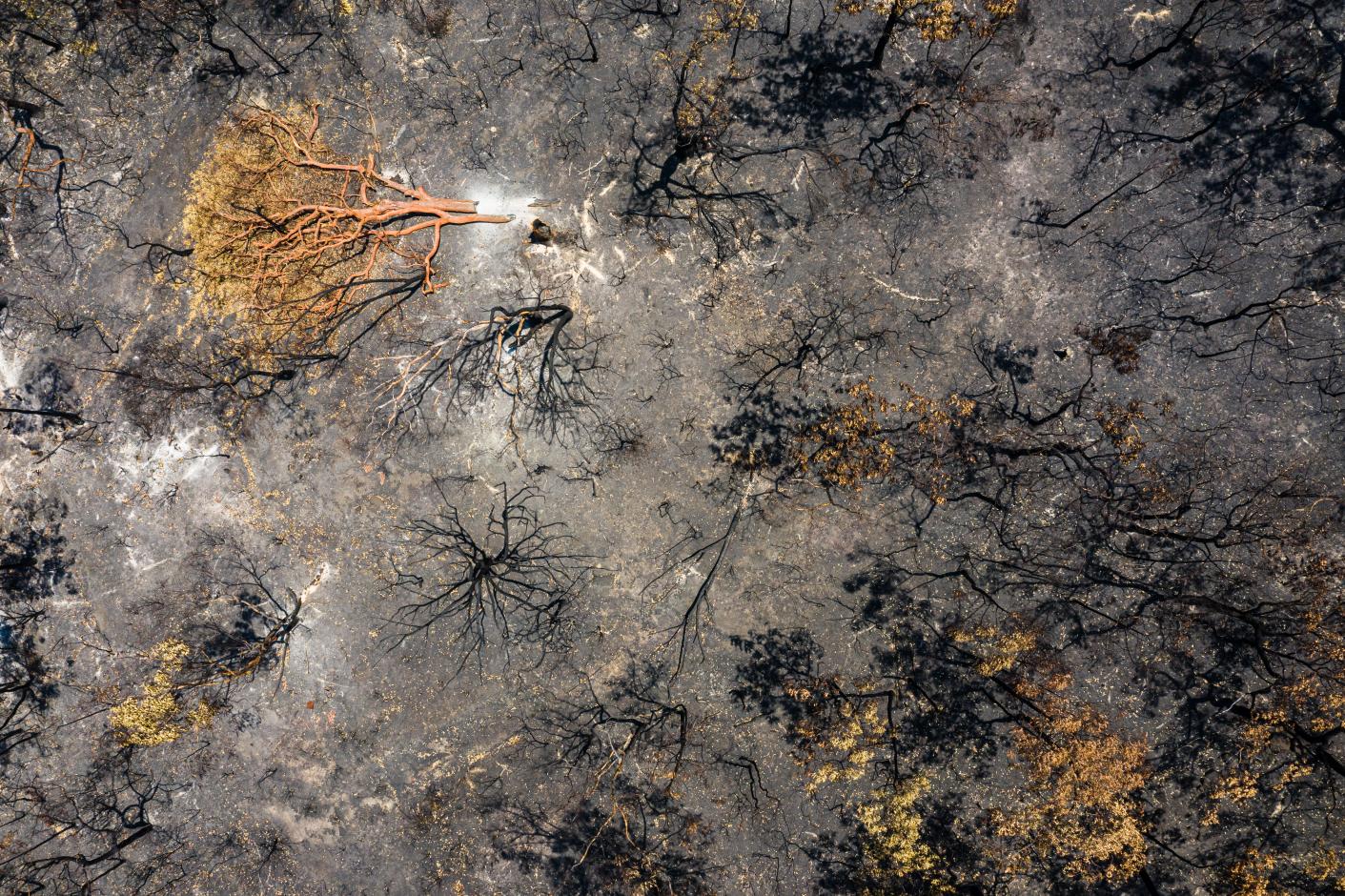Attending to a Modern Emergency with Age-old Resources
Discoveries from a leave-in-service spent creating and promoting community-based programming at the intersection of Jewish tradition and environmental sustainability

Over the past five years, my research and teaching at Stanford has been animated by an acute, pressing social problem: climate change and the impending environmental disaster represent the greatest moral and existential crises of our day. Their dramatic consequences are already emerging in extreme weather events, loss of biodiversity, depletion of fisheries, prolonged droughts, mass extinction, and pollution of air, water, and soil.
While technological and scientific advancement are essential in the face of catastrophe, such developments cannot address many of the base problems at the core of climate change and environmental decline.
The visible impact of climate change upon human health and flourishing—effects that are disproportionately distributed across the world—is already visible, and these will grow universally in the decades to come. Entire ecosystems are on the verge of collapse, and, as part of these systems of life, our civilizations and perhaps our very being stand on the verge of cataclysm.
The statistics found in countless scientific reports amount to an ethical inflection point, one that should prompt us to consider our ways of acting, thinking, and being in the world. But, in part because of their magnitude and complexity, even cataclysmic reports and dramatic models do not seem to motivate large-scale change. The science is in, but the jury is still out: how will we respond?
Individuals and communities have been scrambling to mine religious texts, traditions, and rituals for resources with which to meet this environmental crisis. Much of this work has come in the wake of Lynn White, Jr.’s infamous indictment of religion as a cause of climate emergency, a case put forward in a 1967 article that set religious thinkers back on their heels.
While some have attempted to undercut the science that explains climate change, many have tried to “green” ancient traditions through heavy-handed reinterpretation meant to show that the keywords of contemporary environmental thought have long been central to their religion. These attempts do little to offer alternative worldviews or ethical frameworks.
To move forward, to build new types of environmental thinking and reasoning, we must perform the deeper work of exploring traditional sources with an eye to new modes of theorization and values that unseat common assumptions about humanity and our relationship to the non-human world.
I take up that call as someone who chose to enter the professoriate as a researcher in the humanities guided by a conviction that alternative futures are shaped through deep interpretive engagement with the religious, literary, and philosophical resources of the past.
This commitment, and the yearning to be involved in social and cultural change outside of the academy, led me to the Scholars in Service program, a rare opportunity to contribute to public life while advancing my own thinking and understanding.
As a scholar of Jewish studies and an ordained rabbi, I have spent the past three months seconded with Urban Adamah – a non-profit in Berkeley, California working at the intersection of Jewish tradition, social action, sustainable agriculture, and mindfulness – to explore these questions and problems while absorbing a new set of practical skills.
I have been learning how to build community and organize around environmental issues, how to develop programming that is both effective and action-oriented, and how to blend educational environments with immersive, hands-on, and practical experiences. I have spent the lion’s share of my time over the past twelve weeks working intensively as a core educator for the fellowship, a four-month residential program for adults ages 21–30 that integrates urban organic farming, Jewish learning, and communal living as well as mindfulness and food justice.
This program, and Urban Adamah as a whole, tackles the social and environmental issues at the heart of the climate crisis by teaching a wide range of farming skills (from plant propagation to harvesting and composting) along with intentional community service in local food networks and pantries. The opportunity to be ensconced at Urban Adamah has expanded my horizons immensely, showing me how academic research can be translated into educational and social action programming.
This spring, I will be offering a class at Stanford called “Just Religion: Spirituality, Social Action, and the Climate Crisis,” a Cardinal Course that introduces students to the resources for ecological responses within five major religious traditions through service learning and social action.
The real-world experience of working with a range of young adults and community partners and stake-holders has also shifted the emphasis of my own writing on the communal, spiritual, and practical dimensions of ecology.
I believe (and my time at Urban Adamah has confirmed) that humanities scholars have expertise that can be—and ought to be—shared with activists, regulatory advisors, community organizers, and governmental players of all levels. And equally as important, we should be seeking out the expertise of these stakeholders and considering what it means for our scholarship. By applying theory to practice and engaging collaboratively with the most pressing problems of our day, humanities scholars possess a vital capacity to contribute to the design and development of critical solutions.
